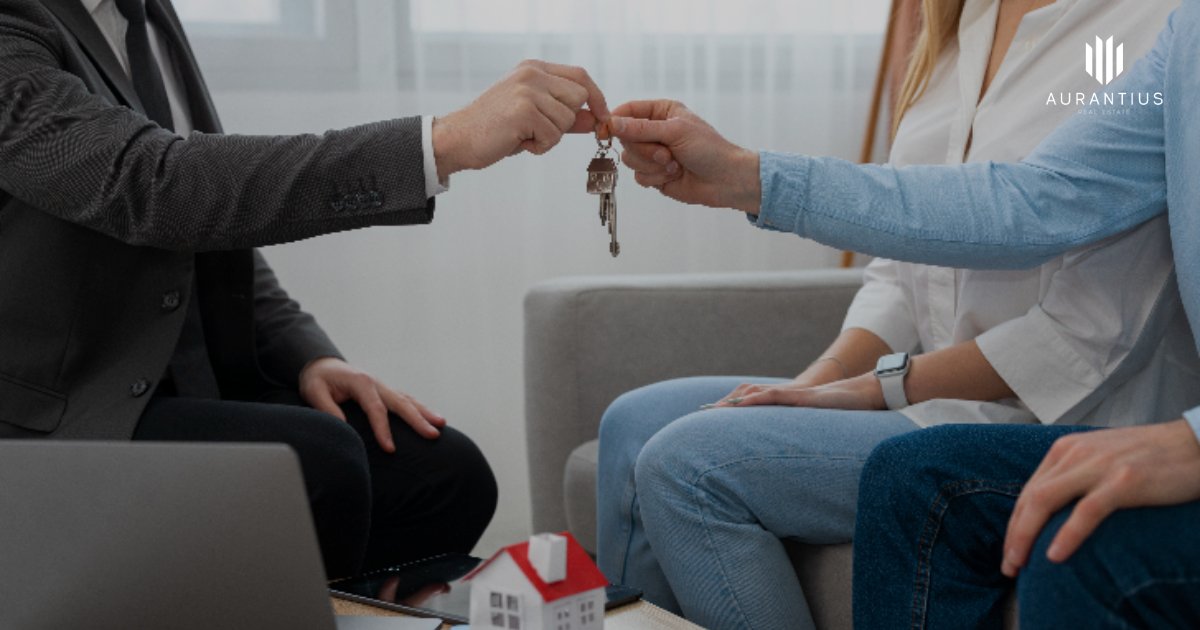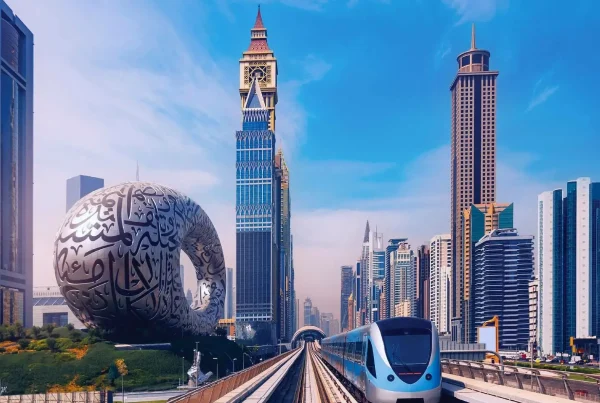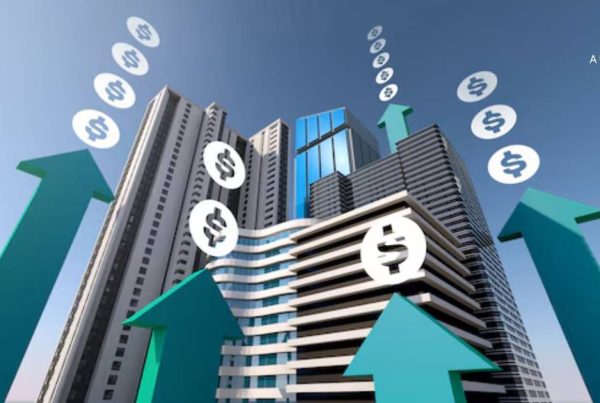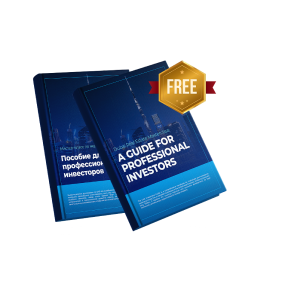Dubai rents cool in mid-market areas as new supply boosts tenant choice
Dubai’s rental market is entering a new phase of balance, and for once, tenants have the upper hand. According to Bayut’s Dubai Property Market Report Q3 2025, rental costs for affordable and mid-tier apartments declined by up to 5% across select communities such as Bur Dubai, Arjan, and Dubai Silicon Oasis. The trend highlights how new handovers are easing pressure on renters and creating a more sustainable property landscape.
Tenants benefit from stabilising rents
After several years of rapid growth, Dubai’s rental market is showing early signs of moderation. Bayut reports that the surge of new apartments entering the market is reshaping dynamics across the mid-income bracket. More inventory means tenants now have leverage to negotiate renewals or move into newer buildings offering better amenities at competitive prices.
Bayut CEO Haider Ali Khan noted that the changes reflect market maturity: “Dubai’s real estate market continues to demonstrate stability, driven by consistent demand and new handovers that have diversified housing options.”
For renters in Bur Dubai, Arjan, and Dubai Silicon Oasis, this shift means relief after two years of steep hikes. A 5% quarterly dip in rents may seem small, but in practical terms, it can translate to savings of several thousand dirhams annually for mid-sized apartments.
Renters prioritise value over location
More than ever, Dubai residents are renting strategically. Instead of focusing solely on location, tenants are weighing lifestyle value — larger layouts, natural light, access to schools, and on-site wellness amenities. This evolving behaviour is a hallmark of a mature urban housing market where renters seek long-term satisfaction over short-term convenience.
Bayut’s data shows that mid-market projects offering comprehensive amenities, such as gyms, pools, and co-working lounges, are outperforming older stock despite similar pricing. The addition of fresh supply across Dubai South and DAMAC Hills 2 is also pushing landlords to maintain competitive rental offers.
Villas stay resilient amid strong family demand
The villa market continues to chart a different trajectory. While affordable villa zones like DAMAC Hills 2 and Dubai South have seen relatively stable rents, mid-tier and premium areas recorded sharp increases. In Arabian Ranches 3, for example, rents for four-bedroom villas rose by as much as 47% following the handover of new Caya 2 units.
This price resilience underscores the continued strength of family housing demand. Limited villa supply in central districts such as The Meadows and Al Barari keeps rents elevated, even as the apartment sector cools.
Top affordable areas delivering high yields
For investors, districts such as International City and Discovery Gardens continue to offer attractive rental returns, averaging around 8%. These communities deliver strong occupancy rates thanks to their balance of affordability, accessibility, and reliable tenant demand.
Such consistent yields signal that Dubai’s affordable housing segment remains one of the strongest performers in the region, especially as more middle-income residents opt to rent longer while saving toward home ownership.
Sales market holds steady
Despite softer rents, Dubai’s sales market remains robust. Areas like Jumeirah Village Circle, Business Bay, and Dubai Marina continue to attract buyers drawn by consistent rental demand and long-term appreciation. Bayut notes that many tenants are now exploring ownership in locations where price growth has plateaued — signalling a gradual shift from pure investment-driven activity to end-user participation.
Looking ahead to 2026
With more supply expected across mid-market zones and ongoing economic expansion, Dubai’s property sector is poised for another stable year. Bayut forecasts that the UAE real estate market is entering a period of “sustained stability,” marked by predictable rent movements, healthy yields, and balanced investor sentiment.
For renters, that means more flexibility and the possibility of modest rent reductions. For landlords and developers, it highlights the importance of quality, amenities, and community design in attracting long-term tenants. Overall, Dubai’s real estate narrative in 2026 looks to be defined less by volatility and more by maturity — a sign of the city’s evolution into one of the world’s most resilient property markets.
Visit Aurantius Real Estate for more insights, project updates, and area-specific investment opportunities across Dubai’s dynamic property landscape.











